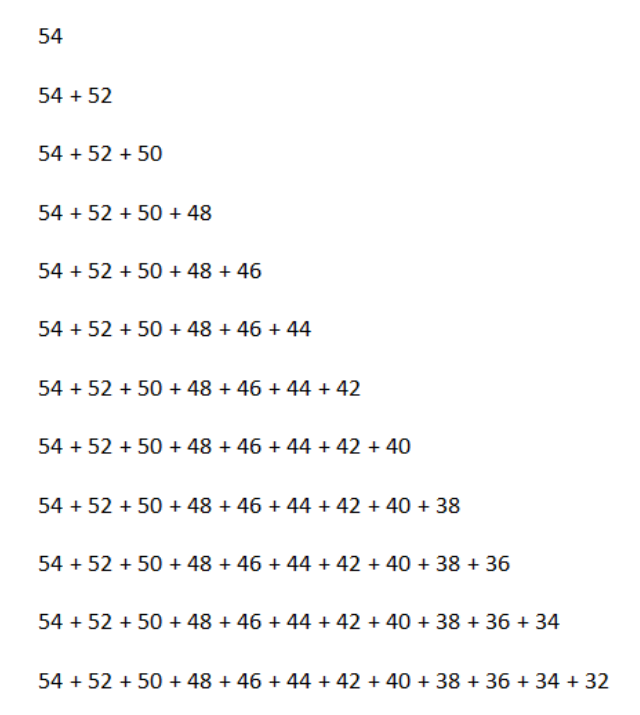
Most businesses rely on a life event for their revenue. A life event could be a birthday, wedding, graduation, little league game, or starting a business. In each case, you probably get one of those per year, per customer. The transactional business model can be frustrating: you need to be top of mind when people’s life events happen. If you don’t sell daily staples like food, how will you know your prospects will think of you when their life event triggers a purchase?
Every business needs regulars
How many of your customers are regulars? Some customers come and go and are never seen again. Others may be familiar, but their purchases aren’t predictable in any recognizable pattern. You can’t rely on them like a coffee shop relies on their daily customers. But like a coffee shop, you want to have a regular dialogue with your customers and prospects, which you can do through marketing automation: email and direct mail. Both are relatively cheap compared to other forms of advertising, and the medium allows for more intimate forms of relationship building. For one, you know where to find them. You don’t have to rely on them finding you. The most effective form of this type of marketing automation is the drip campaign.
Remember the buying cycle?
A simple Google search reveals multiple versions of a customer journey map. I’ve seen some go through 11 stages. I prefer a simpler version. It works in three stages. At each stage, the buyer asks themselves a question:
- Future buyers: Why SHOULD I buy?
- Soon-to-be buyers: Why SHOULDN’T I buy?
- Now buyers: WHO should I buy FROM?
Each of these stages presents a different state of mind that requires different information. What’s important to remember is that the Now buyers represent less than 1% of your total customer base. If you rely on customers walking in off the street, you are missing out on a huge opportunity.
The importance of touchpoints
A touchpoint is any interaction between a business and a prospect. Microsoft and LinkedIn published a research report a few years ago: 80% of all sales occur between the fifth and twelfth touchpoint. When a prospect doesn’t buy what you sell, how many times do you follow up with them?
44% of salespeople give up after one rejection
Most businesses focus primarily on generating leads. Leads are designed to capture Now buyers. But remember: less than 1% of prospects are Now buyers. That means 99% are not ready to purchase that day, but many of them will buy sometime in the future, provided you stay in touch on an ongoing basis. These prospects need to be nurtured.
Why nurturing?
A drip campaign builds trust and value through the process of nurturing.
Nurture [ˈnərCHər] verb – care for and encourage the growth or development of.
What are you nurturing? Your customer relationships!
Here are a few quick stats on nurturing:
- Nurtured leads typically result in 20% more sales opportunities than non-nurtured leads.
- You are building trust!
- Businesses that use marketing automation to nurture prospects experience a 451% increase in qualified leads
- You are establishing expertise!
- Nurtured leads make purchases that are 47% larger than non-nurtured leads
- You are demonstrating value!
Remember the compelling offer?
A drip campaign automatically delivers a form of communication (email, direct mail) to customers or prospects on a predetermined and scheduled basis. It should be based on the compelling offer you created as the last part of your conversion equation.
A great compelling offer could be a downloadable PDF “Idea Guide” — a walkthrough of how you would complete a particular job or a review of your favorite previous jobs, each with a gallery of finished work. This Idea Guide should treat the process as an educational how-to manual. Remember, people want to be informed, not sold. This downloadable PDF should be free in exchange for an email or mailing address.
The sad part? Most prospects don’t read the guide. They request it intending to read it, but only about 20% of them actually do. That’s OK, though, because it has already done its job — to compel the prospect to give their contact information so you can begin your five to 12 touchpoints. Simply use the information in the Idea Guide to create your drip.
Start the drip
Go through each step in the compelling offer and treat each step as a drip in the campaign. Each email or postcard should reinforce your value. By breaking up your compelling offer into pieces, you are effectively reading the story to your prospect, page by page, but you’re doing it on their terms and in their timeframe.
The drip keeps giving
Here’s a potential scenario:
If you generated 300 leads per month on your squeeze page (you made one, right?), conservatively speaking, you could average 60 prospects that would opt-in for your compelling offer, and 6 of those 60 could become customers. So, that means 54 prospects did not buy. Those are the prospects that now begin receiving your drip campaign. Out of those 54 prospects, an additional two of them will typically buy in the next 30 days based on a life event triggering a purchase need. This is a pattern that continues month after month for as long as you continue to stay in touch with these prospects and continue to offer them value. Every month 54 new prospects go into the top of your “funnel,” and two additional sales per 54 prospects continue to be delivered from the bottom of the funnel. Here’s what the numbers look like over the first year.

You will have generated 3,640 new prospects and 72 new clients through your squeeze page at the end of year one. But then you would have produced 156 new clients through the drip campaign. And that’s just year one! This growth pattern continues year after year for as long as you maintain this sales process.
Suppose you get to the point every business owner wants to be in — you have too many customers. That’s amazing; congratulations! Unfortunately, there’s a limit to the number of customers you can reasonably handle. When that number is reached, literally stop all lead generation efforts and let your drip campaign continue to produce additional customers far into the future. Advertising is an excellent way to bring in new customers, but your best return on investment is existing customers and their referrals to others.
Nurture your prospects, so they become customers. Nurture your customers, so they become regulars. More regulars mean more consistent business and less discounting. Less discounting means more profit, and more time to do what you want with your day. The key to successful nurturing is marketing automation; use the drip to build your team of regulars and the value of your business!



